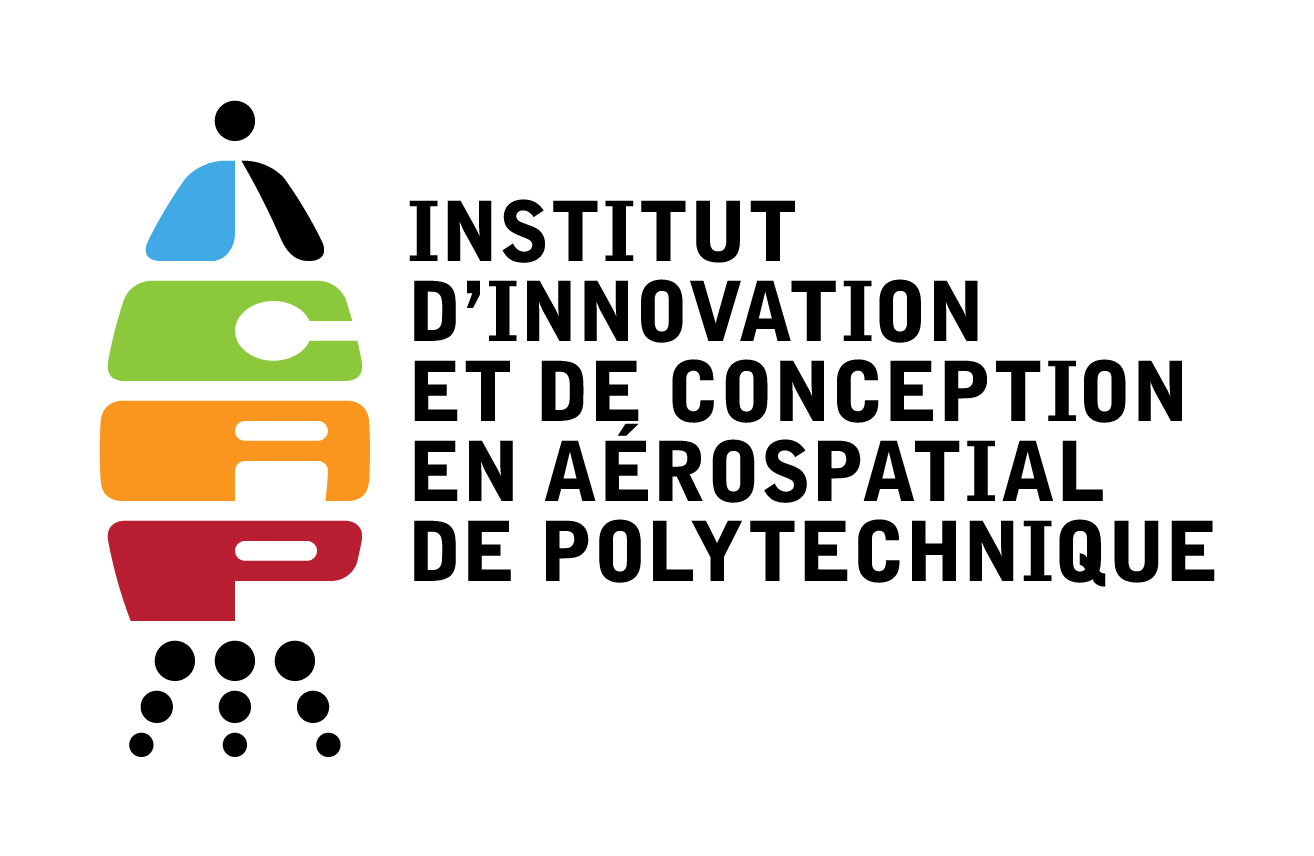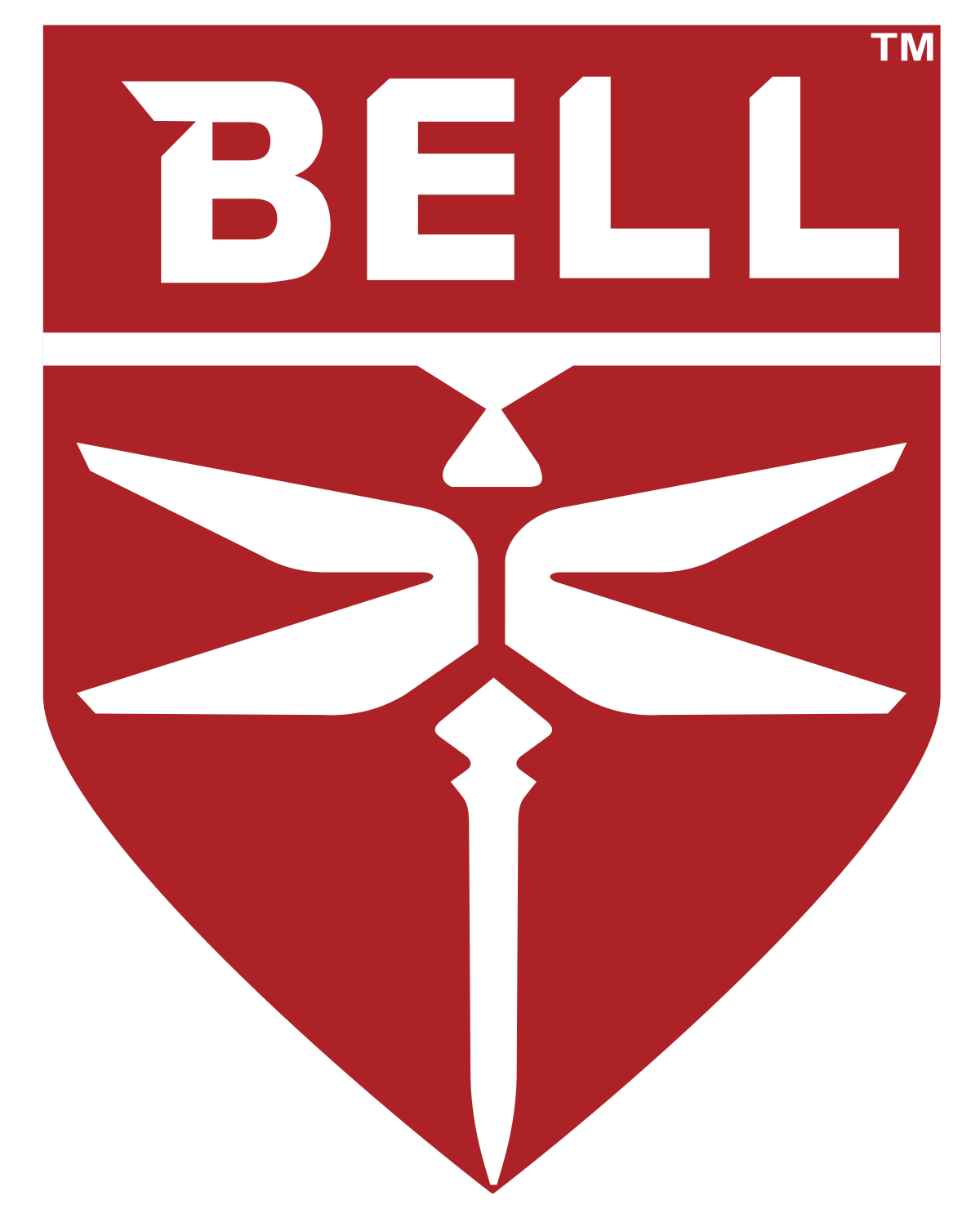UPCOMING SESSIONs :
- Session in English : April 21st, 2022, 1 - 4 PM REGISTER NOW! (session in French)
- Session in French : April 6th, 2022, 1 - 4 PM REGISTER NOW! (session in French)
- Online, Zoom
- Registration : free of charge
- Open to all undergraduate students
- Activity designed for beginners of Catia software
Registrations are are managed by our partner Canadian Mobility and Aerospace Institute (CMAI) through the SPOT platform.
DESCRIPTION :
The micro-WIL Modeling of a part in Catia of the Bell 505 helicopter allows participants to gain experience in 3D modeling with the help of Catia software of a "Live Mount" part of the Bell Textron Canada Model 505 commercial helicopter. The live mount is essential to the structure of the helicopter, it ensures the transmission of loads between the rotor and the cabin. This micro-WIL is divided into three phases.
PHASE 1 (10 MIN):
A video clip designed by a Bell Textron Canada expert presents the different Bell helicopter models as well as their characteristics and roles. The focus is on the Bell 505 commercial model: its characteristics, general specifications, and the main steps in its manufacturing process at Mirabel. Participants will also get a concrete idea of the location of the part to be modeled, its concrete role and its mechanical functioning in the load transfer system.
PHASE 2 (2 H - 2 H 15 MIN):
An interactive training session that includes three sections:
- an introduction to Catia software;
- the design of the part; and
- the modeling of the part.
At the end of this phase, participants will have a good command of Catia software, including 2D geometry tools and 3D transformation; they will also be able to design a part by themselves according to its desired functions in the context of the Bell 505 helicopter, taking into consideration the objectives and various mechanical and aerospace constraints; participants will finally see the step-by-step modeling to master the modeling of the Bell 505 "Live Mount" part
PHASE 3 (30 MIN):
A question and answer session co-hosted by the trainer and the Bell Textron Canada expert to answer participants' questions.
UPCOMING SESSION :
- April 12th, 2022, 6 - 9 PM REGISTER NOW! (session in French)
- Online, Zoom
- Registration : free of charge
- Open to all undergraduate students
- Activity designed for beginners of Python 3
- IMPORTANT: Once registered, don't forget to follow instructions received by email to install Anaconda to realize this micro-WIL.
Registrations are are managed by our partner Canadian Mobility and Aerospace Institute (CMAI) through the SPOT platform.
DESCRIPTION :
This micro-WIL, in partnership with Bombardier and the Laboratoire d'enseignement des systèmes intégrés en aérospatiale du Québec (LESIAQ), allows participants to gain experience in flight data analysis using the Python 3 programming language. The data is taken from LESIAQ, the Bombardier Challenger 300 aircraft testbed. It is important for the students to be able to analyze the data collected by the sensors related to the wing elevators in order to better understand the control mechanism of the wings and the aircraft.
PHASE 1 (15-20 MIN):
A video vignette, designed by two Bombardier experts, familiarizes participants with the basic control systems present in the wings of an aircraft. The focus is on the Challenger series (300/350) flight control systems, actuators, power control units, and hydraulic systems.
PHASE 2 (20 MIN):
A video vignette designed by LESIAQ shows in detail the Challenger 300 aircraft test cell through a virtual guided tour. Participants will learn how the actuators and hydraulic power control units work to control the wings, as well as the movements of the aircraft.
PHASE 3 (1 h 45 MIN):
Interactive training on the Python programming language provides a real learning experience in an industrial aerospace context. This part aims to show the possibilities offered by the Python language for the analysis and visualization of experimental data. This phase is composed of two sections: 1) a general introduction allows participants to acquire basic knowledge for executing Python commands in a development environment; 2) a case study so that participants can see with the trainer how to really use Python to analyze and display data from LESIAQ sensors.
PHASE 4 (20-30 MIN):
A question and answer session led by the Bombardier experts, the Python trainer and the LESIAQ manager.





